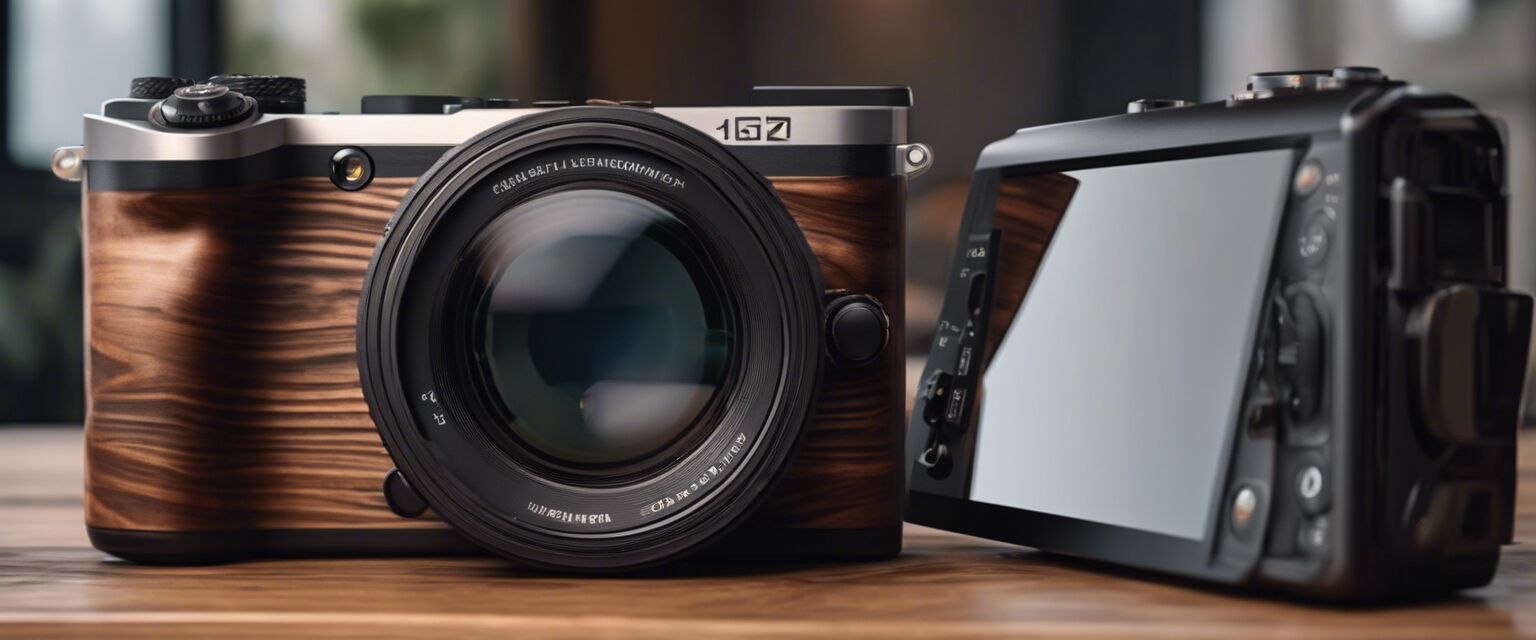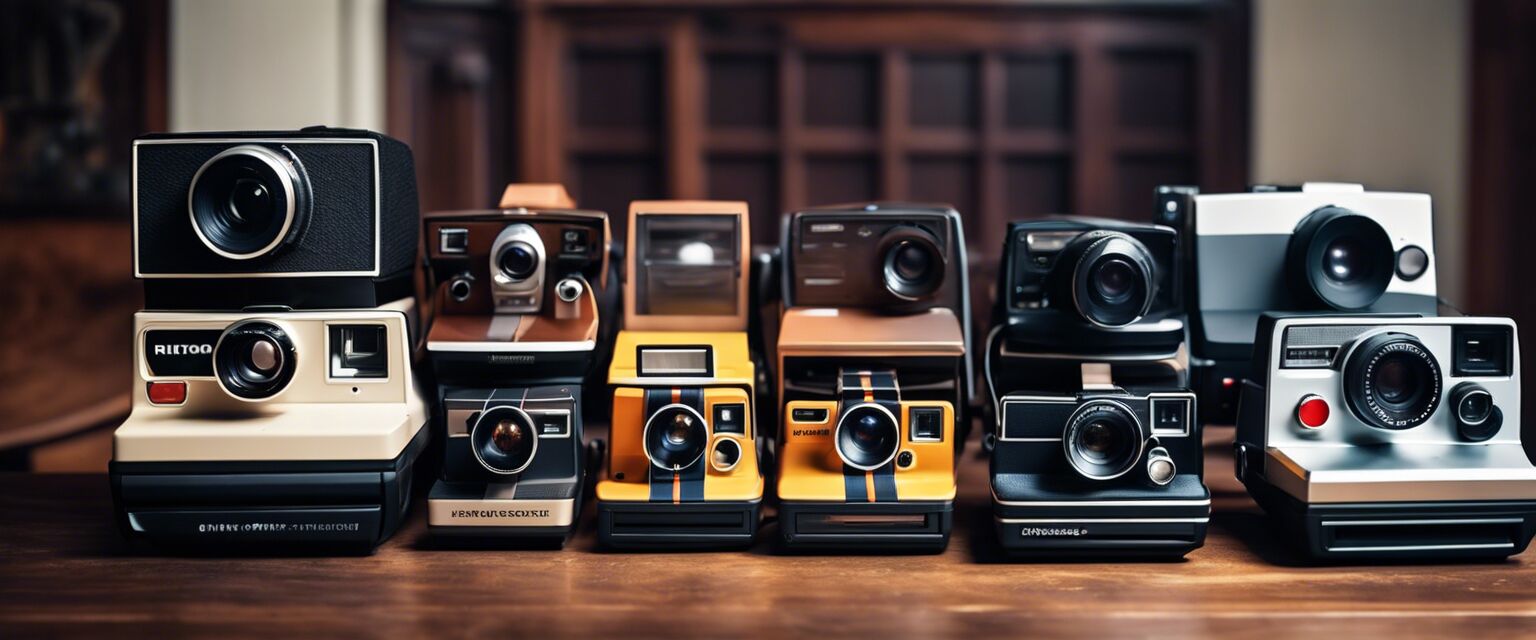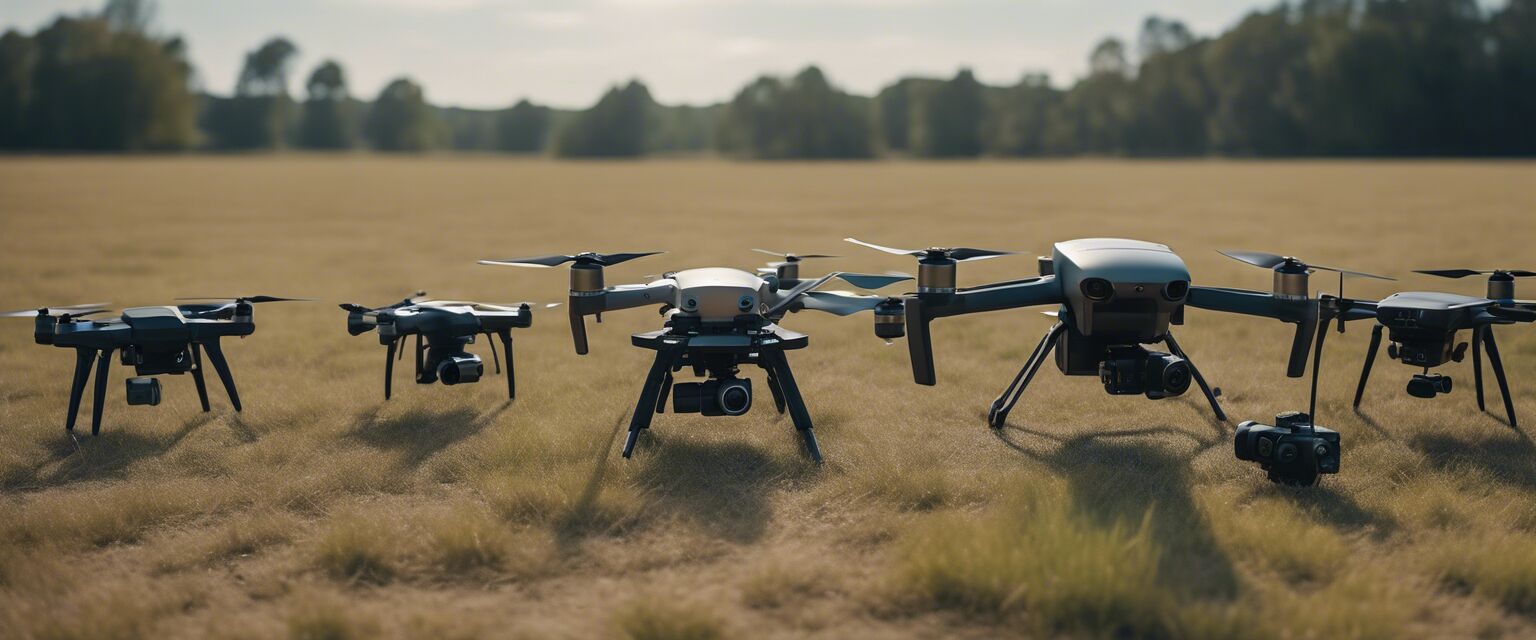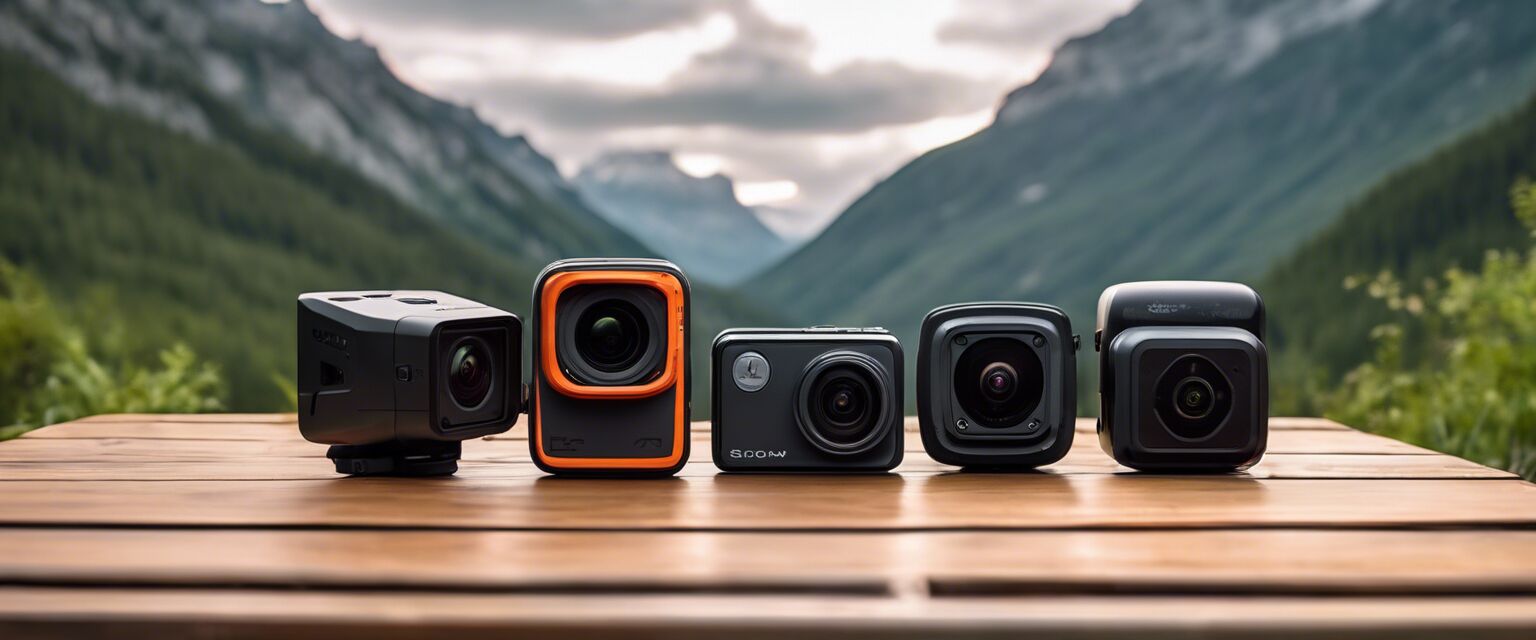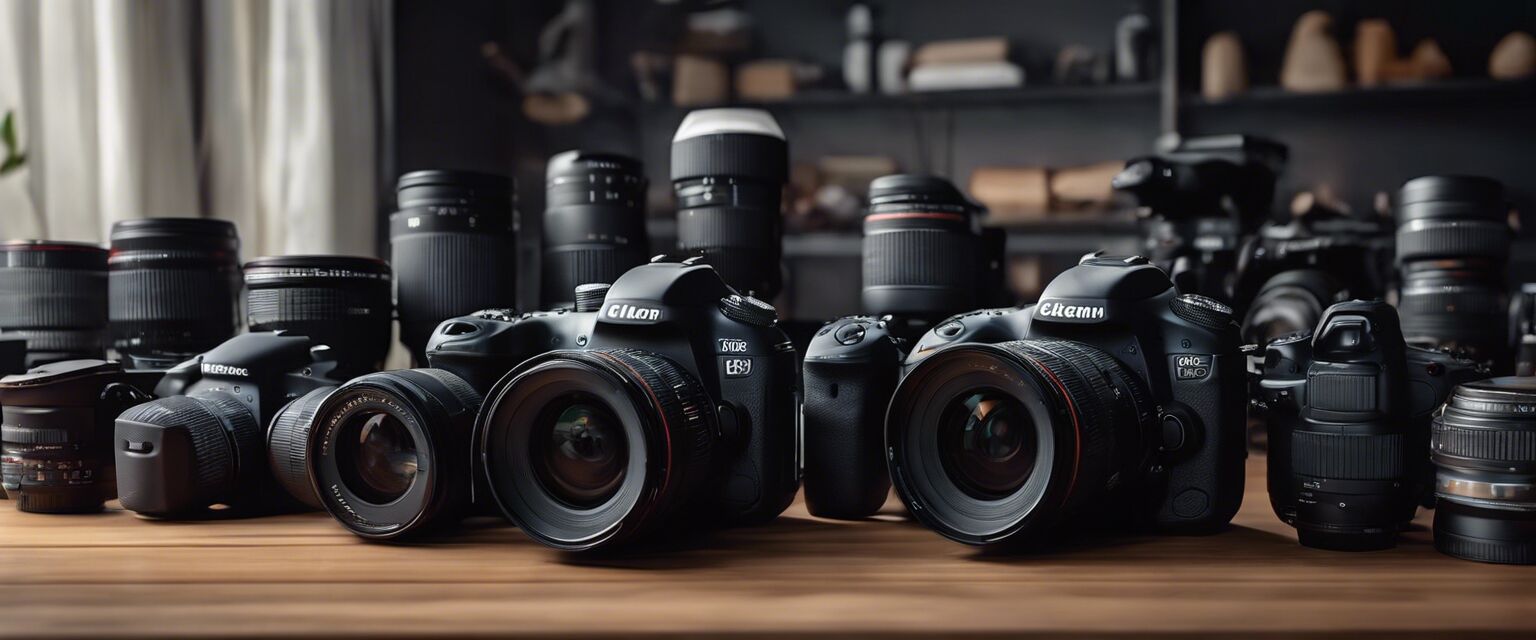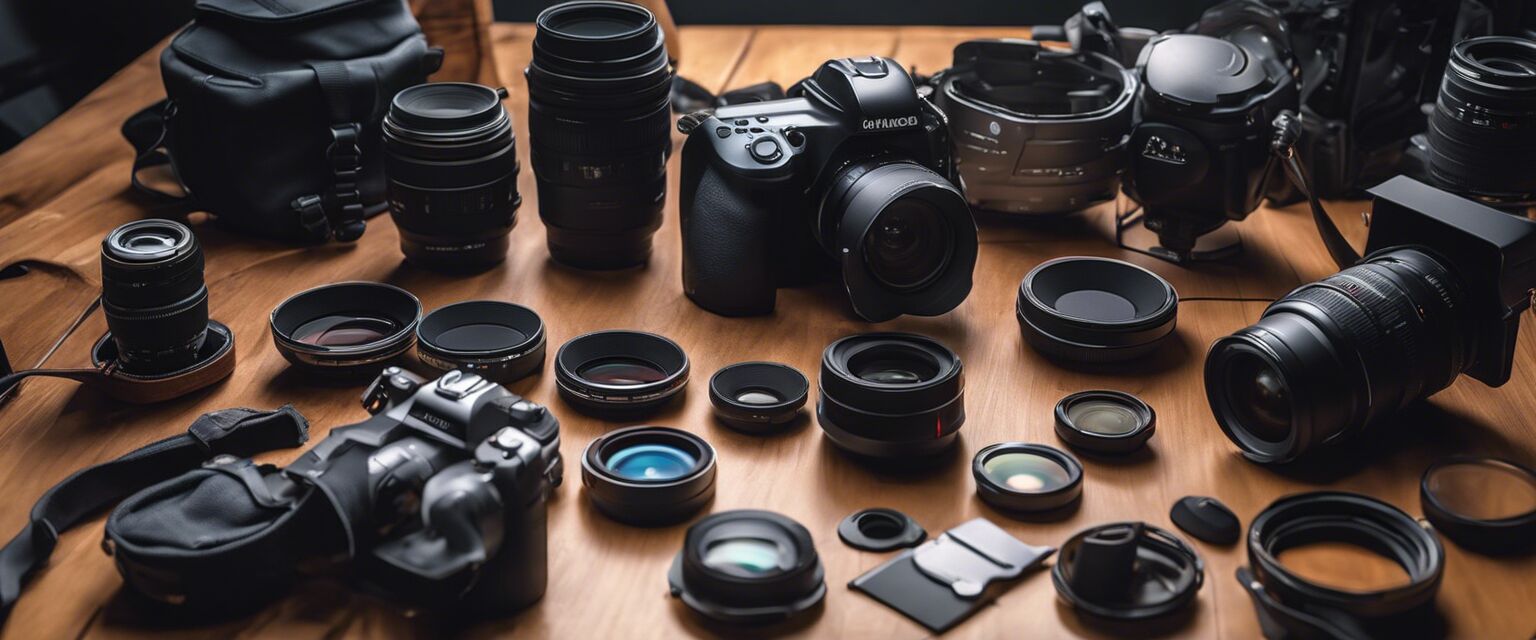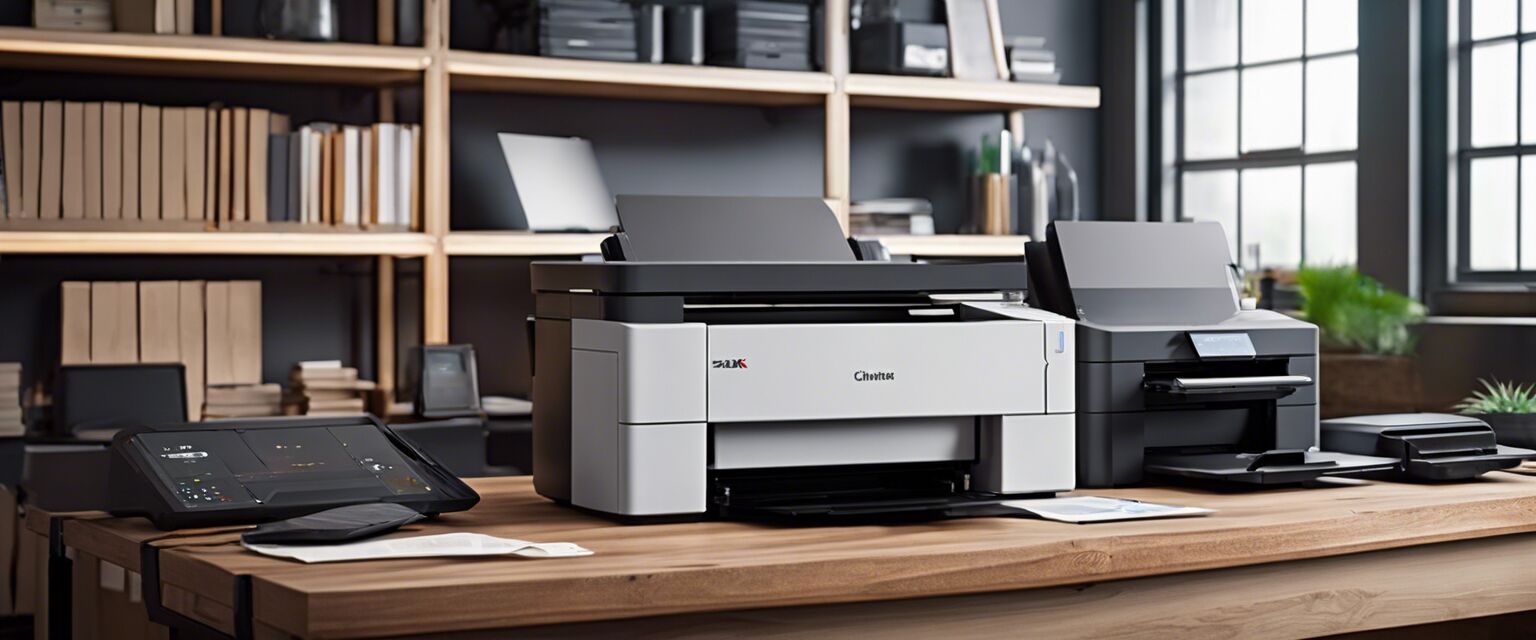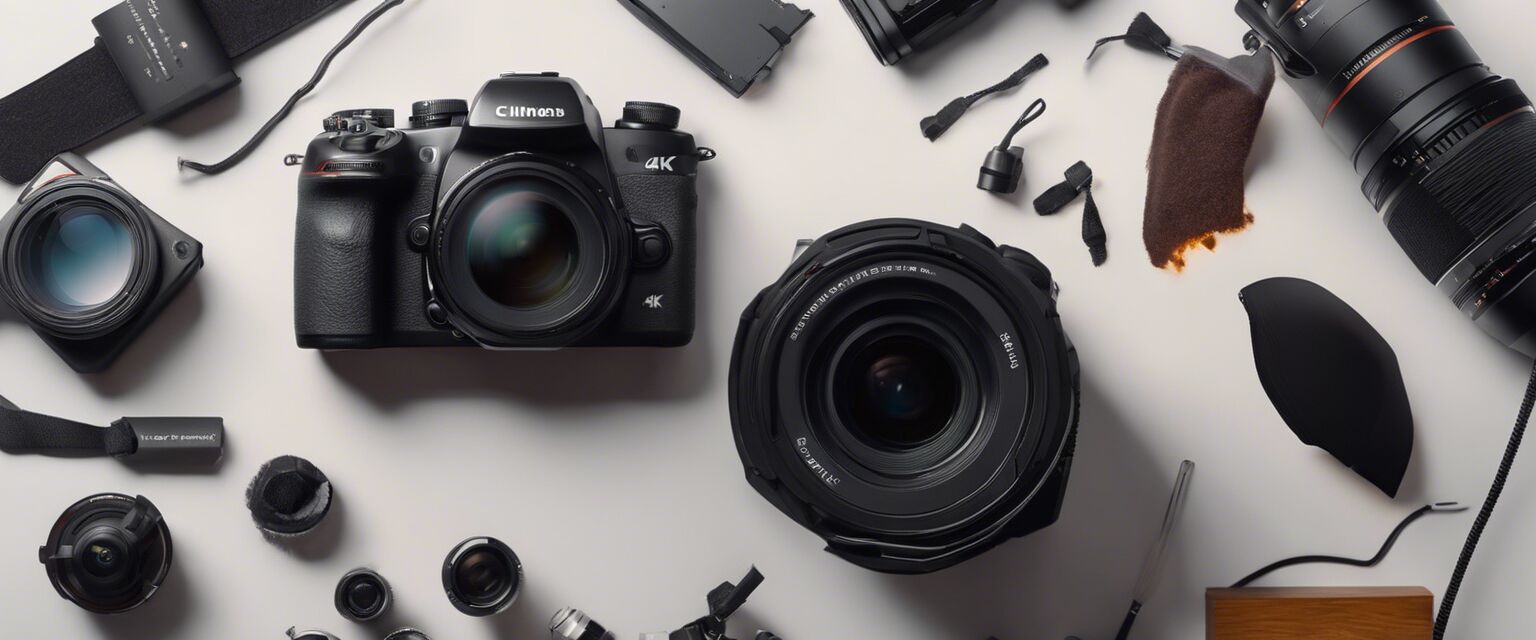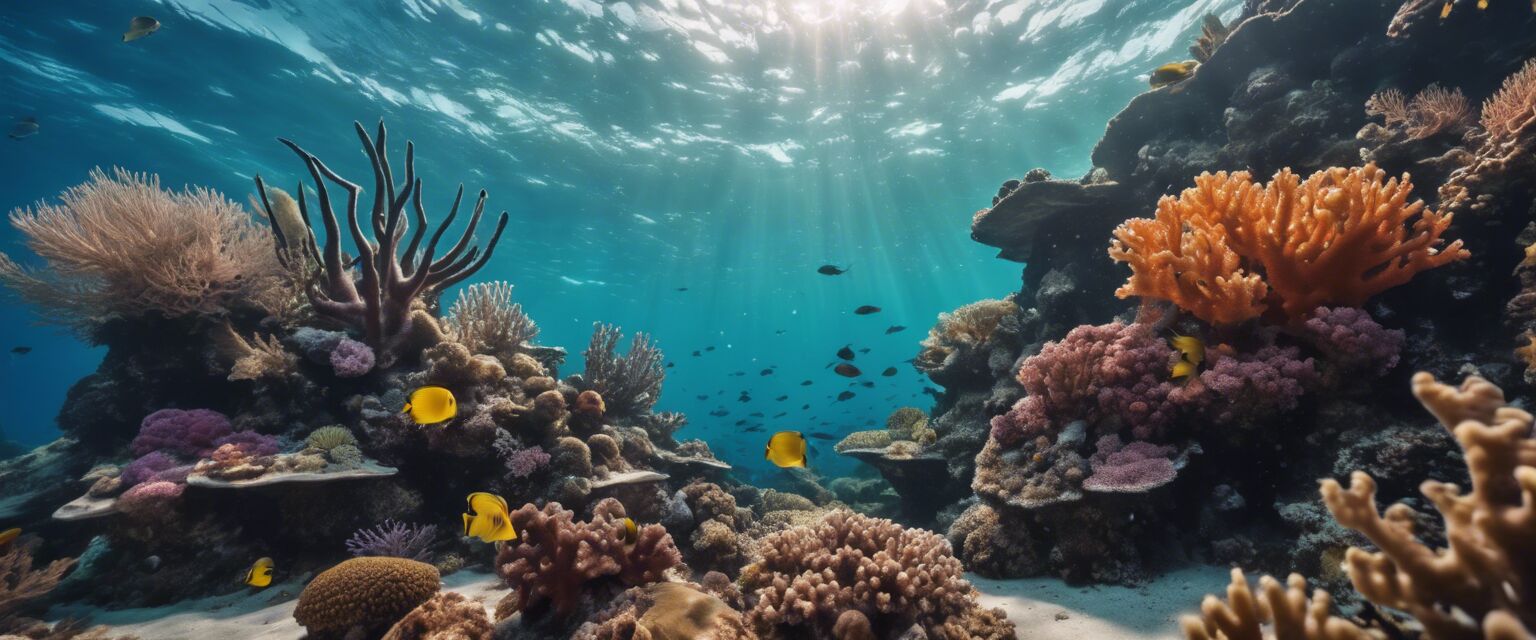
Underwater Cameras
Key Takeaways
- Underwater cameras are specifically designed for underwater photography.
- Two main types: compact and DSLR/mirrorless.
- Consider factors like depth rating, image quality, and durability when choosing.
- Proper maintenance and care are essential for longevity.
Underwater photography offers a unique glimpse into the vibrant world beneath the surface. With the right underwater camera, you can capture stunning images of marine life, coral reefs, and underwater landscapes. This guide will explore the features of underwater cameras, the different types available, and best practices for taking breathtaking underwater photos.
What is an underwater camera?
An underwater camera is a device designed to take photographs and videos beneath the surface of the water. These cameras are often waterproof and rugged, allowing them to function in challenging underwater environments.
Types of underwater cameras
There are two main types of underwater cameras:
- Compact Cameras: Small, lightweight, and user-friendly, making them ideal for beginners.
- DSLR/Mirrorless Cameras: Larger, offer advanced features for professional photographers, but require more knowledge and skill.
Compact underwater cameras
Compact underwater cameras are perfect for casual users who want to capture their underwater adventures without the hassle of complex settings. They typically have a built-in flash and are designed to withstand depths of up to 30 meters or more.
DSLR and mirrorless underwater cameras
For those seeking high-quality images, DSLR and mirrorless cameras are the way to go. These cameras offer interchangeable lenses and advanced settings, allowing for greater control over your photography. However, they often require additional housing to protect them from water damage.
Key features to consider
When choosing an underwater camera, consider the following features:
| Feature | Description |
|---|---|
| Depth Rating | The maximum depth the camera can withstand without leaking. |
| Image Quality | Resolution and sensor size affect the overall quality of the images. |
| Durability | Waterproof and shockproof ratings ensure the camera can handle tough environments. |
| Ease of Use | User-friendly interfaces and controls are essential for quick adjustments. |
Best practices for underwater photography
To achieve stunning underwater shots, follow these best practices:
- Maintain buoyancy: Use floatation devices to help manage your position in the water.
- Use natural light: Whenever possible, shoot during sunny days to capture vibrant colors.
- Get close to your subject: Water can reduce image clarity, so getting closer can enhance quality.
- Be aware of your surroundings: Keep an eye on currents and other divers.
- Practice good buoyancy control: This helps prevent stirring up sediment that can cloud your shots.
Maintenance and care
Proper maintenance of your underwater camera is essential for its longevity:
- Rinse the camera with fresh water after each use.
- Inspect seals and O-rings regularly for wear and tear.
- Store the camera in a dry, cool place when not in use.
- Use silica gel packs in the storage case to absorb moisture.
Comparison of popular underwater cameras
| Camera Model | Type | Depth Rating | Image Quality | Price Range |
|---|---|---|---|---|
| Camera A | Compact | 30m | 12 MP | $200 - $300 |
| Camera B | DSLR | 60m | 24 MP | $800 - $1200 |
| Camera C | Mirrorless | 50m | 20 MP | $600 - $900 |
Conclusion
Underwater photography offers a mesmerizing way to capture the beauty of marine life. By selecting the right underwater camera and following best practices, you can create stunning images that showcase the wonders beneath the waves. Remember to care for your camera to ensure it lasts for many adventures to come.
Tips for beginners
- Start with a compact camera to build confidence.
- Take a photography course to understand underwater techniques.
- Practice in a swimming pool before venturing into open water.
Pros
- Allows capturing stunning underwater moments.
- Variety of options available for all skill levels.
- Durable and designed for challenging environments.
Cons
- Can be expensive, especially for high-quality models.
- Requires maintenance to ensure longevity.
- Learning curve for advanced models is steep.
For more information on camera accessories, check out our Camera Accessories page. If you're interested in drones, visit our Drones with Cameras section. Explore Editing Software for post-processing your underwater images. Looking for printers? Visit our Printers page. Finally, if you're looking for more underwater options, check out our Underwater Cameras category.
